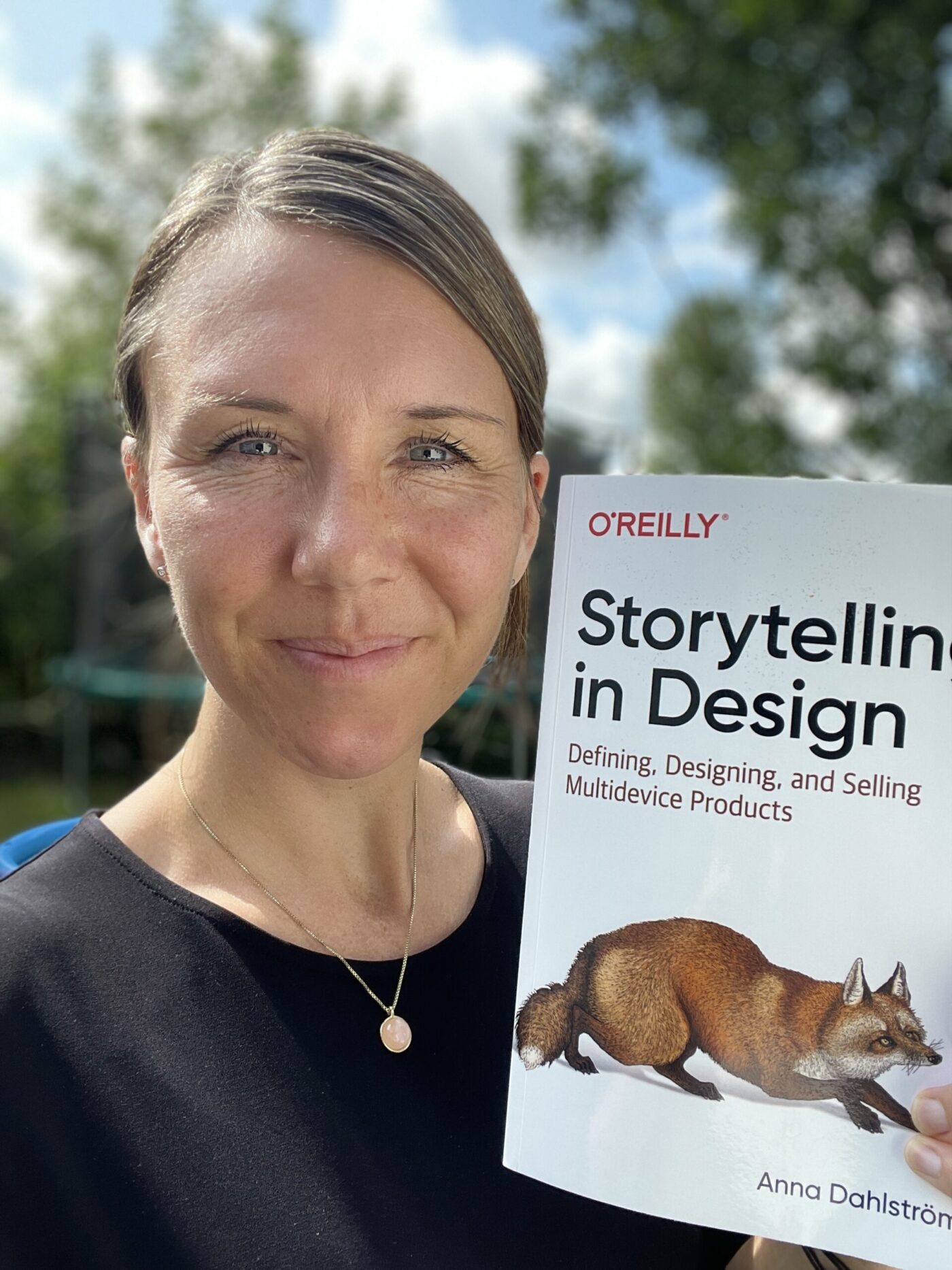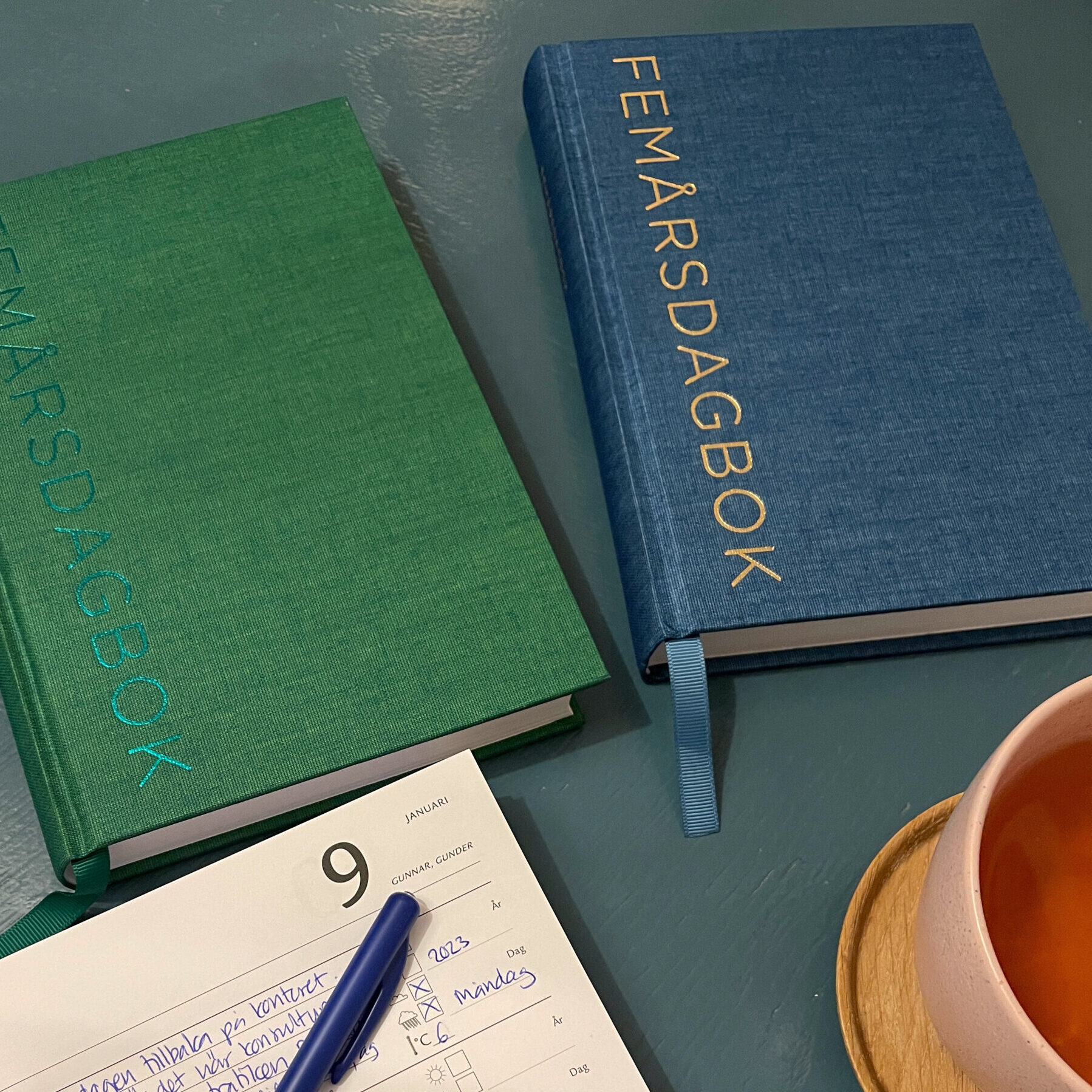A lot has happened in the last 10 years. Multiple devices and smartphones in particular have exploded and with that how we use the web and what we expect from it has changed.
For a long time we’ve been saying “Design for everyone and you design for no-one”. The phrase has traditionally been used referring to that by including the requirements of your different target audiences, stakeholders and the business you end up with a product that is trying to satisfy everyone and by doing so satisfies no one. Part of that still holds true. However, when it comes to including the different user requirements I’d like to argue that the overarching common use case we should, and will be working with in the near future is meeting the needs of the individual user. Yes, all of us.
A shift in user expectations and behaviour
When the first iPhone came in 2007 we were able to really experience the web in our hands the way it was supposed to look. With the iPhone and other smartphones that followed, the mobile use case started to merge with the desktop use case. Up until then it had been very limited. Today there is no longer a mobile use case. Instead, we’re increasingly seeing behaviours where users start to carry out one task on one device and then complete it on another.
The users we design for today access the web from an ever growing array of devices used anywhere and everywhere. And they are increasingly expecting to have an equal and continuous experience across these devices, both in terms of the content and functionality that they see, but also in terms of what they do. If a user e.g. has read a message in the Facebook app on their smartphone they expect it to be marked as read when they view their Facebook inbox in the browser, or on a tablet. In other words, users expect the services that they use to know and keep up with what they do, no matter what device they use.
A more diverse audience
Add to that, from the young to the old more people than ever before are online with each user expecting what they use to work for them, and them specifically. With the rise of social media and search as the “home page” of many sites, their journeys are becoming less linear with multiple entry points and wished for onward journeys across websites and devices. This results in an endless list of ‘could be’ scenarios for us as designers and product owners and it’s the reason why we’ve focused on key target audiences for so long.
However, more than ever by targeting a specific audience, and specific scenarios, we’re shutting out or compromising the experience for the rest, but we don’t have to.
Advances in technology
In the same way that search results and ads across the web are tailored to the individual user, we have an opportunity to create connected experiences not only across devices, but also across the products and services that we use on these devices. Developments in technology, big data analytics and user profiling amongst other things make it possible to create those connections. Combined with dynamic publishing, progressive reduction and enhancement as well as responsive design principles we can – based on where a user has come from, their behaviour and what we know about them already – adapt and tailor both content and UI elements to meet their needs. We can design for the individual.
There are some great examples of developments in designing with the individual user in mind gaining ground. And as a growing number of the apps and sites we use become more tailored to us as individual users, we’ll increasingly become used to the tailored web, and start to expect it.
Not only will this, if done in the right way, result in happier and more satisfactory experiences across the web and devices, but it also poses a great opportunity for the companies and organisations behind the products and services that we can find online.
Image source: www.flickr.com/photos/31878512@N06/4941767047/in/photostream


